Retrograde Intramedullary Nailing with Blocking Screws for Distal Femur Fracture.
Score and Comment on this Case
Clinical Details
Clinical and radiological findings: The patient presented with a distal femur fracture, AO/OTA classification 33-A3, as evidenced by radiological imaging. The fracture was characterized by a comminuted pattern without articular involvement. The clinical examination revealed no neurovascular compromise, and the soft tissue envelope was intact.
Preoperative Plan
Planning remarks: The preoperative plan involved a retrograde intramedullary nailing technique, utilizing blocking screws to achieve and maintain reduction. This approach was selected to facilitate immediate weight-bearing postoperatively.
Surgical Discussion
Patient positioning: The patient was positioned supine on a radiolucent table to allow for intraoperative fluoroscopic guidance. A bolster was placed under the knee to maintain slight flexion, facilitating access to the distal femur entry point.
Anatomical surgical approach: A midline incision was made over the patellar tendon, extending distally to the tibial tuberosity. The patellar tendon was retracted laterally to expose the intercondylar notch. A guide wire was inserted through the entry point in the distal femur, followed by reaming and insertion of the retrograde intramedullary nail. Blocking screws were placed strategically to correct and stabilize the fracture alignment.
Operative remarks:The operative strategy emphasized achieving a high-quality reduction to enable immediate weight-bearing. The use of blocking screws provided additional stability and facilitated precise alignment of the fracture fragments. The discussion highlighted the variability in treatment approaches for distal femur fractures, with options including plating, nailing, or a combination of both. The chosen method aimed to balance stability with early mobilization.
Postoperative protocol: The postoperative rehabilitation protocol allowed for immediate weight-bearing as tolerated by the patient. Emphasis was placed on early mobilization to enhance recovery and functional outcomes.
Follow up: Not specified.
Orthopaedic implants used: Retrograde intramedullary nail, blocking screws.
Search for Related Literature

orthopaedic_trauma
- United States , Seattle
- Area of Specialty - General Trauma
- Position - Specialist Consultant

Industry Sponsership
contact us for advertising opportunities
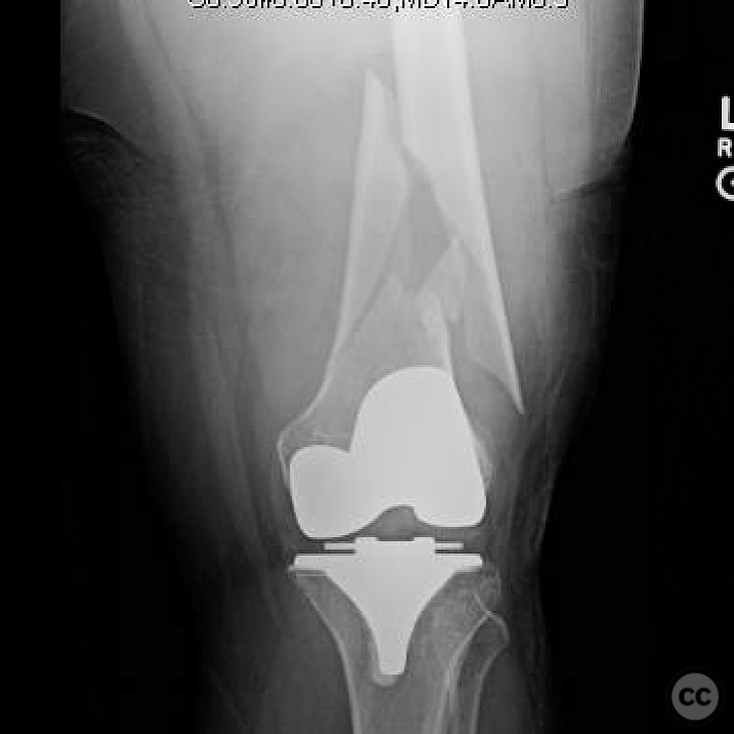
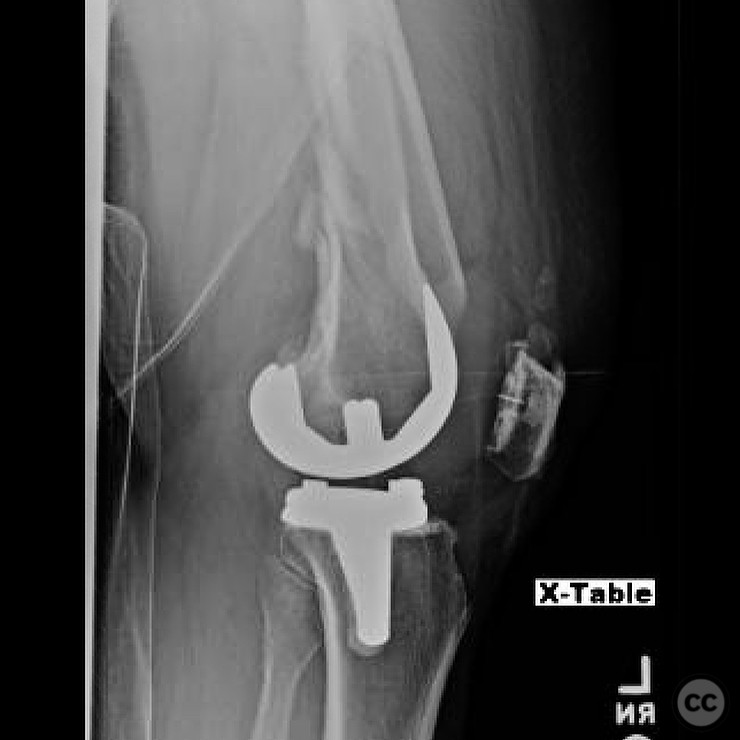
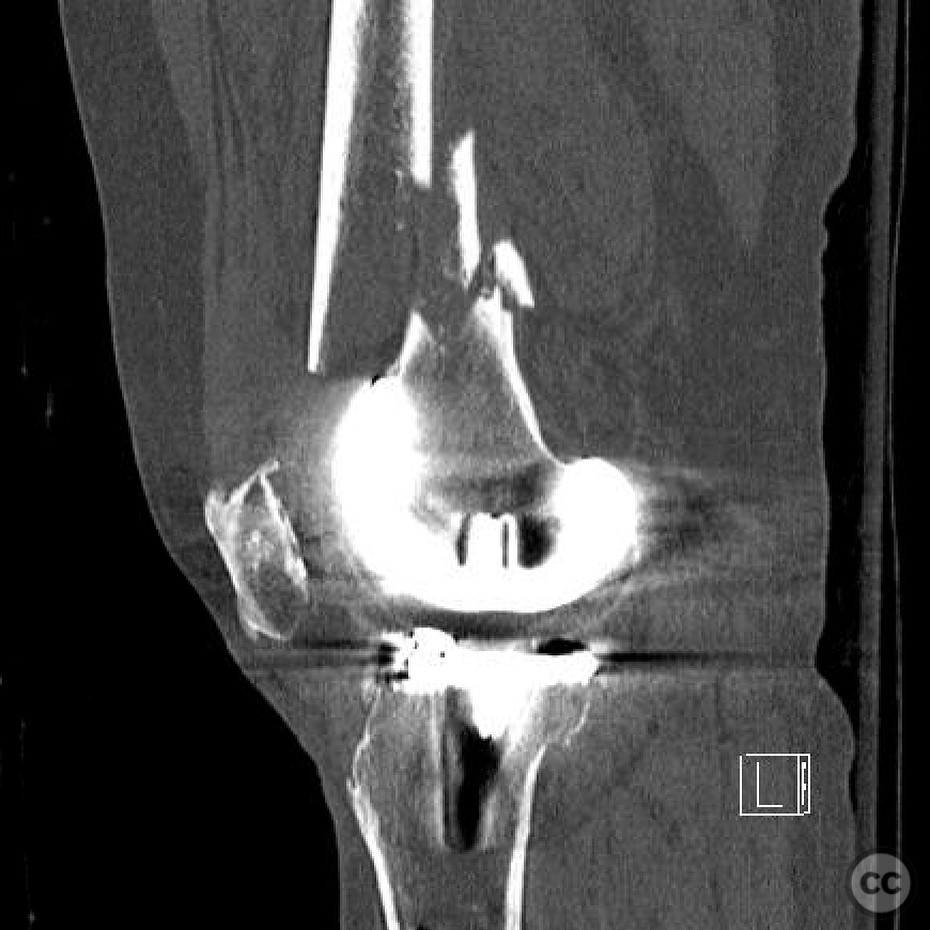
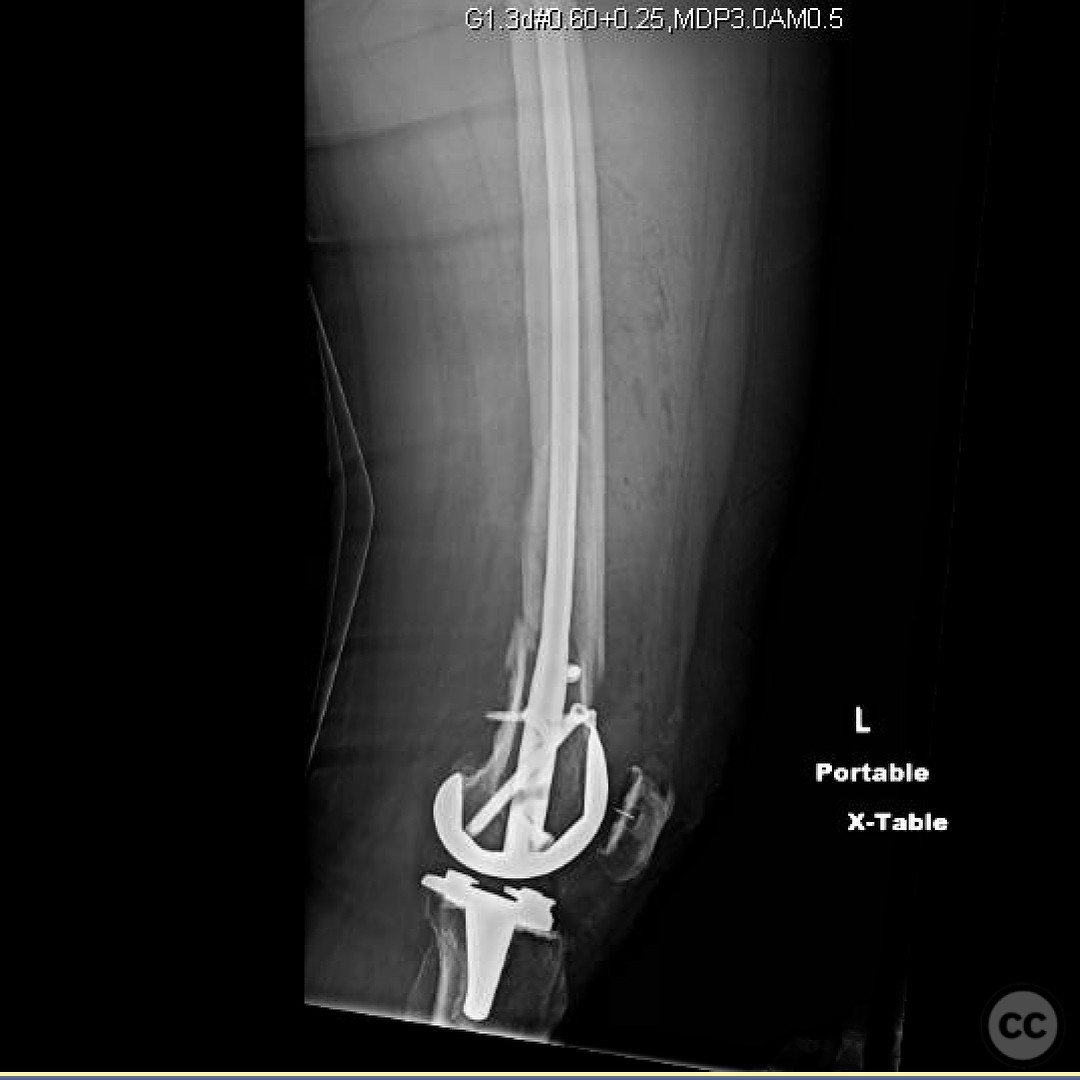
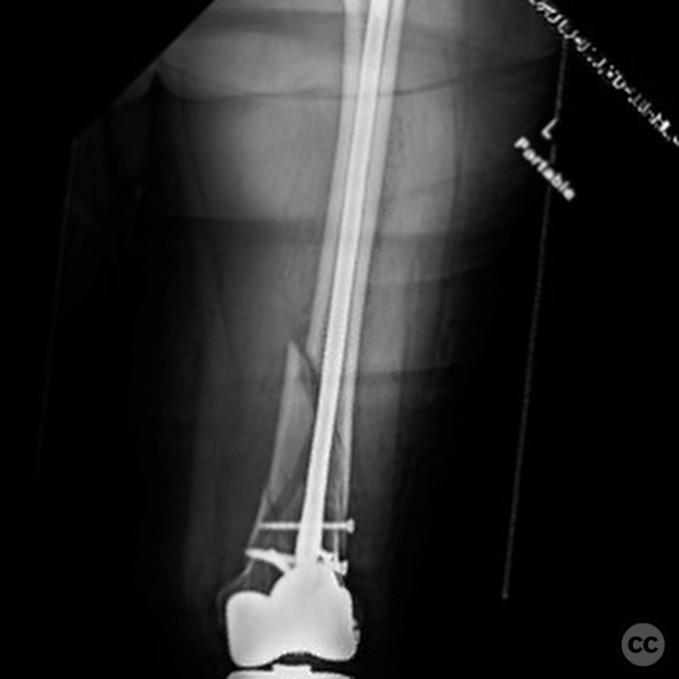
Article viewed 118 times
25 Jul 2025
Add to Bookmarks
Full Citation
Cite this article:
Surname, Initial. (2025). Retrograde Intramedullary Nailing with Blocking Screws for Distal Femur Fracture.. Journal of Orthopaedic Surgery and Traumatology. Case Report 26300550 Published Online Jul 25 2025.